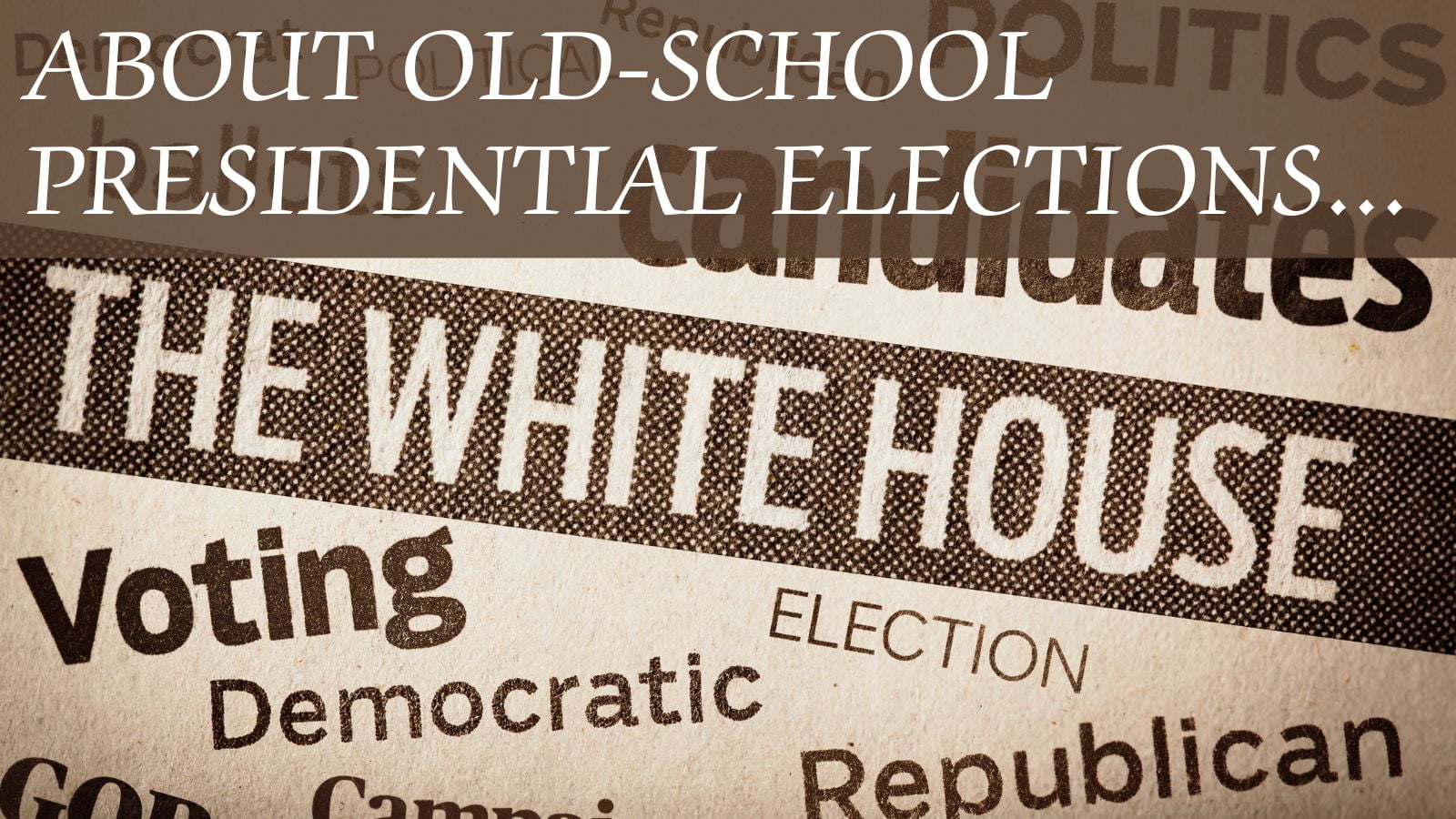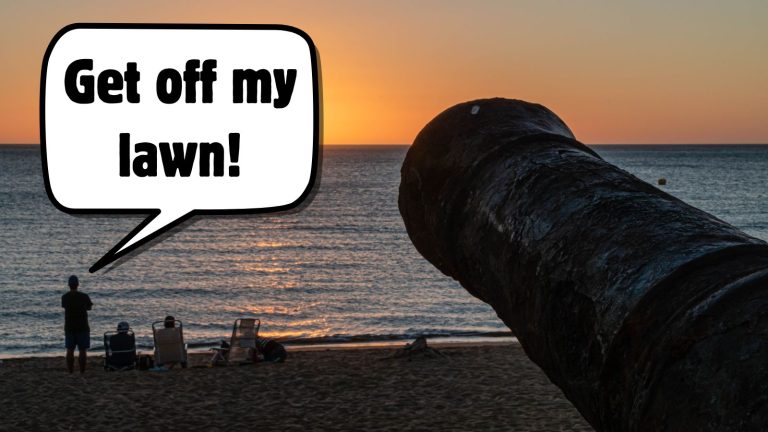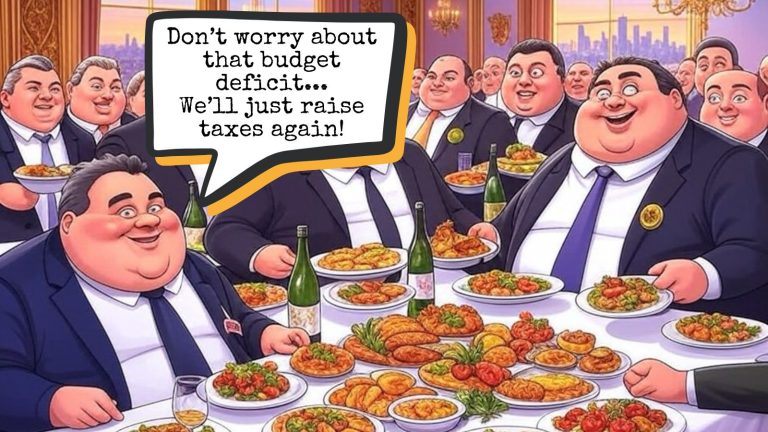If you’ve been baffled by the presidential election processes of each state, there’s a reason for that. The original plan was a far cry from today’s tsunami of direct mail flyers, television ads and kindergarten-level televised “debates.” Here’s how we used to elect presidents.
Election By State
According to Section 1 of the United States Constitution, each state can decide how to choose its electors, who collectively cast votes for the president. This was one of those compromises reached during the arguments over the Constitution itself. Some people wanted a direct popular vote. Others wanted Congress to choose the president. This whole idea of electors was intended to give each state an “equal say” in the presidential elections, even though some states are more populous than others.
Top Two Choices
As originally outlined by the Constitution, the process of picking the president was a little different than what we know today. Since electronic ballot machines had yet to be invented, each elector wrote down a vote for two individuals they thought would make swell presidents. At the state level, the votes would be tallied for all that state’s electors and the sealed list was sent to the President of the Senate.
In the presence of the Senate and House of Representatives members, the Senate President opened the sealed ballot counts from each state and awarded the White House keys to the person who got a majority vote. In the event of a tie, the House of Representatives would immediately vote to determine the winner. If no one was popular enough to obtain a majority of the electors, then the top five went into a vote by the House of Representatives. However, instead of each representative getting one vote, each state got one vote. A majority was still required, and two-thirds of states must vote.
VP: The First Runner Up
In this scenario, the vice president was the second-highest vote-getter. If there was a tie for second place, the Senate had to vote on the Veep pick.
Got all that? Good, because it all changed with the 12th Amendment.
With the runner-up model, it was entirely possible that the top two vote-getters were not friendly and possibly even mortal enemies, at least ideologically. In theory, the system might have created some incentive for the VP to arrange a suspicious accident in order to wear those cool Air Force One jackets. That never happened, but things did get interesting after the 1796 election when Adams, a Federalist, was saddled with Thomas Jefferson, a Democratic-Republican, as his vice president. While there were no reports of poisoned coffee, the two had some vigorous disagreements.
The 1800 election was a mess, too, but as the top two were from the same side of the aisle, there was a lengthy tie-breaking process. The net result of all this was a correction to the system outlined by the 12th Amendment. That specifies electors will cast separate votes for president and vice president. There was one other change. The eligibility requirements for vice president were made identical to those for president. The 12th Amendment was ratified on June 15, 1804.









